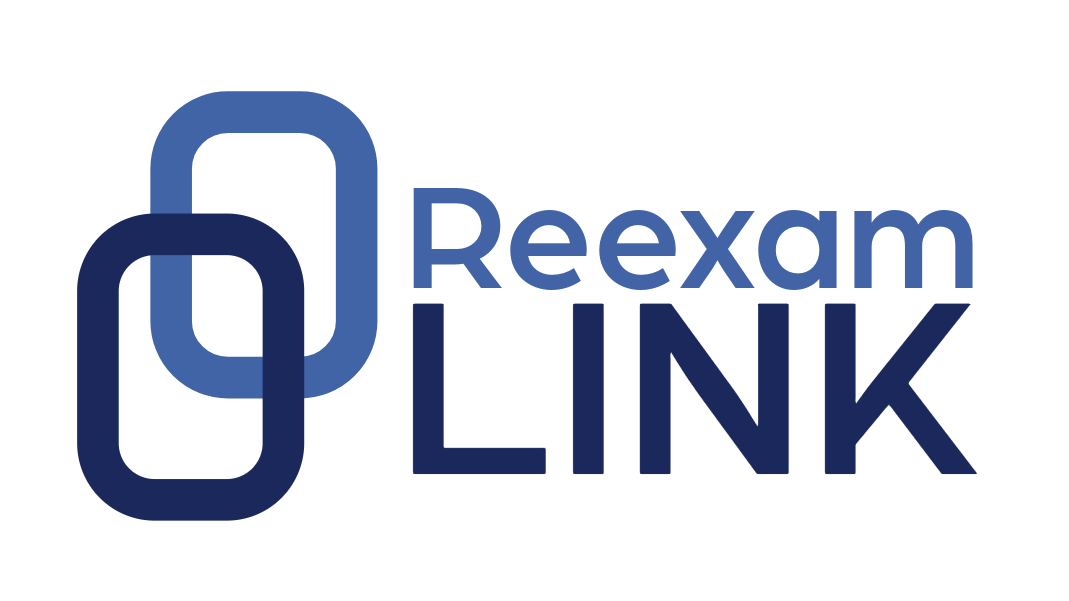The recent Supreme Court decisions in the Stryker and Halo cases just made it easier for courts to award enhanced damages in patent infringement cases, discarding Seagate’s “objective recklessness” test.
The Seagate Test
In 2007, the Federal Circuit announced a test for enhanced damages whereby a plaintiff seeking enhanced damages had to show that the infringement of his patent was “willful.” In re Seagate Technology, LLC, 497 F. 3d, 1360, 1371. The Federal Circuit set forth a two-part test to establish such willfulness: First, “a patentee must show by clear and convincing evidence that the infringer acted despite an objectively high likelihood that its actions constituted infringement of a valid patent,” without regard to “[t]he state of mind of the accused infringer.” Id., at 1371. This objectively defined risk is to be“determined by the record developed in the infringement proceedings.” Ibid. “Objective recklessness will not be found” at this first step if the accused infringer, during the infringement proceedings, “raised a ‘substantial question’ as to the validity or noninfringement of the patent.” That bar applied even if the defendant was unaware of the arguable defense when he acted.
Second, after establishing objective recklessness, a patentee had to show by clear and convincing evidence the risk of infringement “was either known or so obvious that it should have been known to the accused infringer.” Seagate, 497 F. 3d, at 1371. Only when both steps were satisfied could the district court proceed to consider whether to exercise its discretion to award enhanced damages. Ibid.
Stryker / Halo Decisions Restore Courts’ Discretion to Award Enhanced Damages
The Supreme Court’s recent decision in the Stryker and Halo cases discarded the Seagate test and restored courts’ discretion to award enhanced damages. The Court held “[t]he Seagate test is not consistent with §284.” The relevant language of § 284 contains “no explicit limit or condition on when enhanced damages are appropriate, and this Court has emphasized that the “word ‘may’ clearly connotes discretion.” So the Court found no explicit requirement for Seagate’s “objective recklessness” test.
The Court also found Seagate unnecessarily required a finding of “objective recklessness” even when wrongdoing was demonstrated by the facts of a case. The Court also disagreed with Seagate’s requirement of a “clear and convincing evidence” standard for showing recklessness, and held that the proper standard for enhanced damages was a “preponderance of the evidence” — the same standard as for patent infringement determinations.
The Court explained that its decision did not contradict § 298, that failure to present advice to the court may not be used to prove willful infringement:
Section 298 provides that “[t]he failure of an infringer to obtain the advice of counsel” or “the failure of the infringer to present such adviceto the court or jury, may not be used to prove that the accused infringer willfully infringed.” 35 U.S.C. § 298. Respondents contend that the reference to willfulness reflects an endorsement of Seagate’s willfulness test. But willfulness has always been a part of patent law, before and after Seagate. Section 298 does not show that Congress ratified Seagate’s particular conception of willfulness. Rather, it simply addressed the fallout from the Federal Circuit’s opinion in Underwater Devices Inc. v. Morrison-Knudsen Co., 717 F. 2d 1380 (1983), which had imposed an “affirmative duty” to obtain advice of counsel prior to initiating any possible infringing activity, id., at 1389–1390. See, e.g., H. R. Rep. No. 112–98, pt. 1, p. 53 (2011).
Consequently, nine years after Seagate, the Supreme Court has made it easier for courts to make a determination of enhanced damages. Time will tell if this decision will spur additional patent opinion practice, such as prior to the 2007 Seagate decision.

Leave a Reply